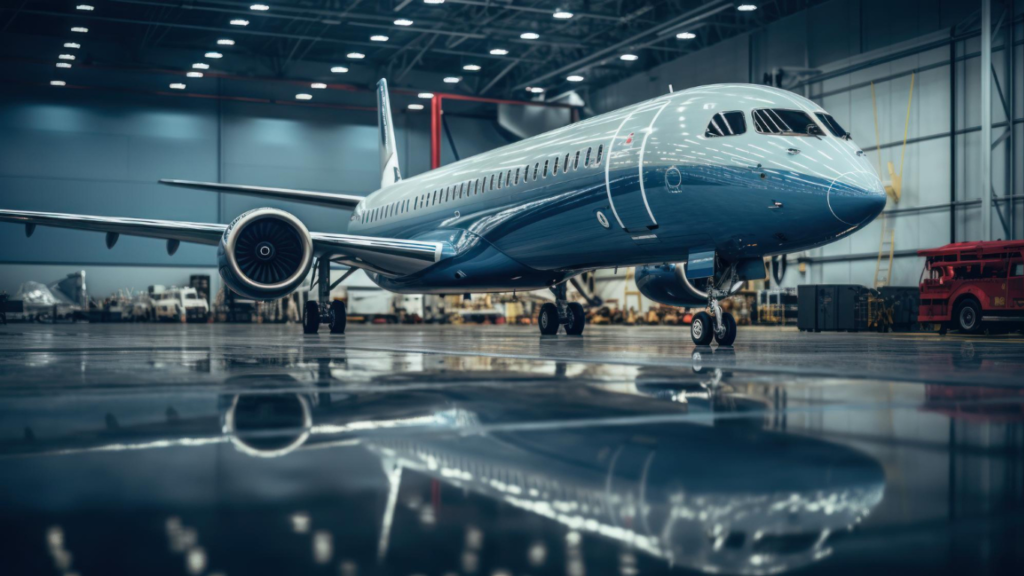The aerospace industry is increasingly turning to AI in real-time avionics feedback to enhance flight safety, efficiency, and performance. Understanding how AI technology integrates into avionics systems can open new horizons in aerospace development. As we explore the potential and current applications of AI, it becomes evident that the future of aviation is not just about flying higher or faster, but about flying smarter. In this article, we will delve into the critical role of AI in real-time avionics feedback, uncovering its impact on the industry.

Understanding Avionics and Its Evolution
Avionics, short for aviation electronics, encompasses all electronic systems used in aircraft. From communication and navigation to flight control systems, avionics play a crucial role in modern aviation. Over the years, advancements in technology have driven the evolution of avionics, leading to more sophisticated and reliable systems.
The Role of Avionics in Flight Safety
Flight safety is paramount in the aviation industry, and avionics systems are at the heart of ensuring safe operations. With the introduction of AI technologies, avionics systems can process vast amounts of data in real-time, providing pilots with critical information for decision-making.
How AI Enhances Avionics Systems
AI algorithms are designed to analyze extensive datasets rapidly, offering insights that human operators might overlook. This capability is particularly valuable in avionics, where complex data streams from various sensors need to be integrated and interpreted in real-time.
The Impact of AI on Real-Time Feedback
Real-time feedback in avionics is essential for maintaining optimal performance and safety. AI plays a pivotal role in analyzing sensor data and providing instant feedback to pilots and ground control. This capability allows for quicker response times and more informed decision-making.
AI-Powered Diagnostics and Predictive Maintenance
AI in avionics is not just about real-time flight data; it also encompasses diagnostics and predictive maintenance. By analyzing data from various aircraft systems, AI can predict potential failures before they occur, reducing downtime and maintenance costs.
Improving Efficiency and Reducing Costs
Integrating AI into avionics systems can lead to significant cost savings. By optimizing flight routes, fuel consumption, and maintenance schedules, airlines can operate more efficiently, reducing overall expenses while maintaining safety standards.
AI and Human Collaboration in Avionics
While AI provides significant benefits, human oversight remains crucial. The collaboration between AI systems and human operators ensures that decisions are made with the necessary understanding of complex situations. This partnership enhances safety and efficiency in aviation operations.
Training and Skill Development
As AI technologies become more prevalent in avionics, the need for training and skill development becomes apparent. Aviation professionals must adapt to new tools and technologies to maximize the benefits of AI integration.
Challenges and Considerations
Despite the advantages, the integration of AI in avionics presents challenges. Ensuring data security, managing system complexities, and addressing ethical considerations are vital to successful AI implementation.
Future Prospects of AI in Avionics
The future of AI in real-time avionics feedback holds great promise. As technology advances, we can expect even more sophisticated AI systems that enhance aviation safety, efficiency, and sustainability.
AI in Emerging Avionics Technologies
Emerging technologies such as autonomous aircraft and urban air mobility will rely heavily on AI-driven avionics. These advancements will reshape the aviation landscape, offering new possibilities for transportation and logistics.
The Role of AI in Sustainable Aviation
With the growing focus on sustainability, AI can play a crucial role in reducing the environmental impact of aviation. By optimizing flight operations and developing more efficient aircraft, AI contributes to a greener future for the industry.
Conclusion
The integration of AI in real-time avionics feedback marks a new era in aviation. By harnessing the power of AI, the industry can achieve unprecedented levels of safety, efficiency, and innovation. As we look to the future, the collaboration between AI and human expertise will continue to drive advancements in avionics, shaping the aviation industry for years to come.

FAQs
What is the primary benefit of AI in avionics?
The primary benefit of AI in avionics is enhanced real-time feedback, which improves flight safety and efficiency by providing pilots with critical data for decision-making.
How does AI contribute to predictive maintenance in aviation?
AI analyzes data from aircraft systems to predict potential failures, allowing for proactive maintenance and reducing downtime and costs.
What challenges does AI face in avionics integration?
Challenges include ensuring data security, managing system complexities, and addressing ethical considerations in AI implementation.
For more information on AI applications in aerospace, visit Neural Concept.
Explore more about AI in aviation technologies at AI in Aircraft, Flight Test Data, and Component Inspection.

